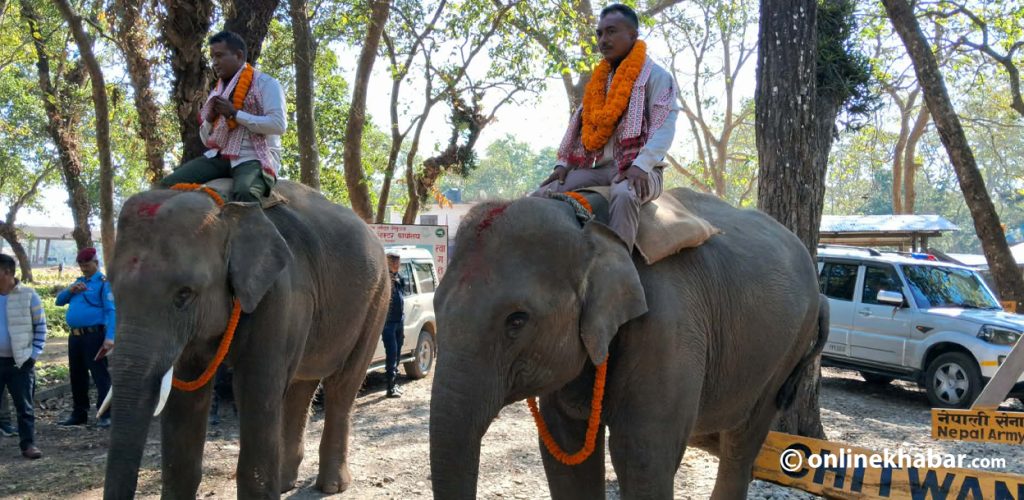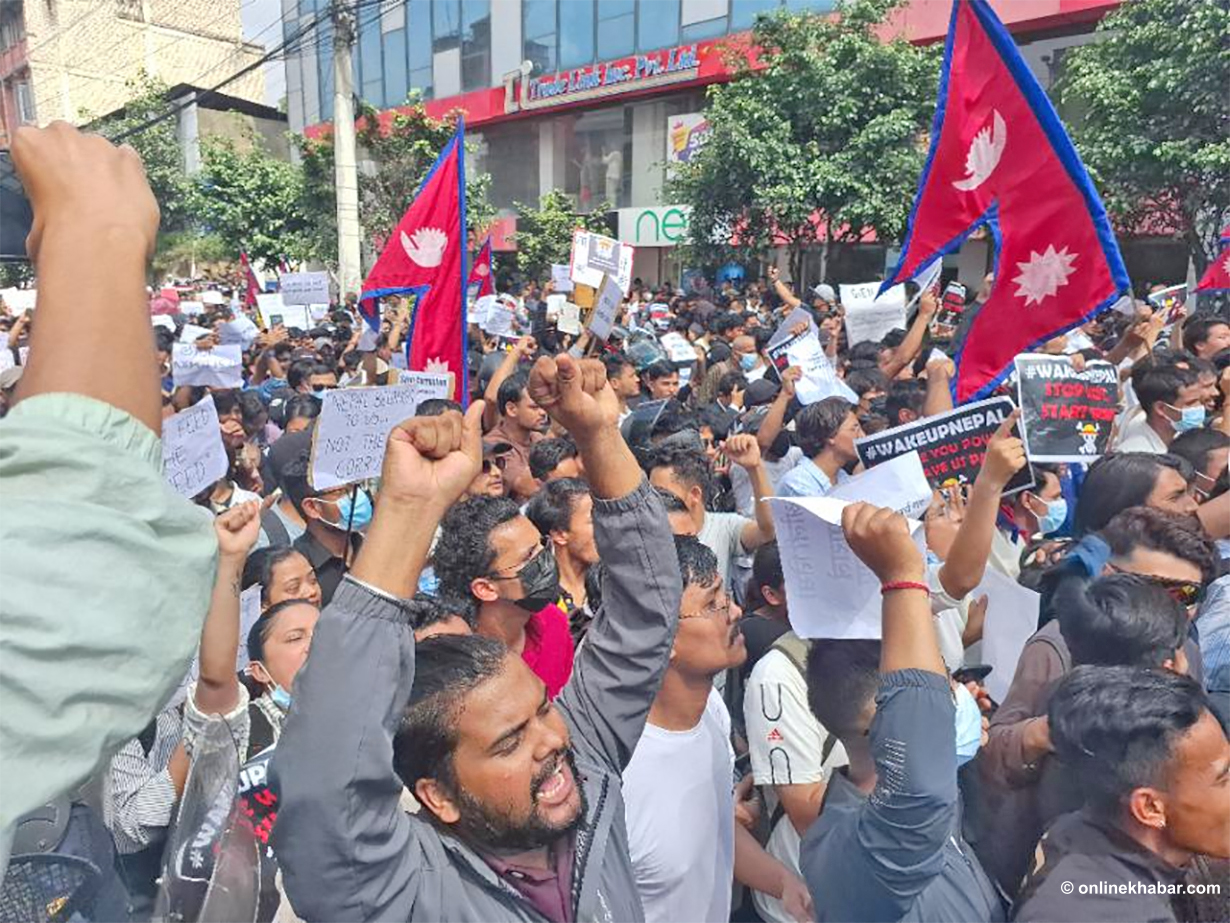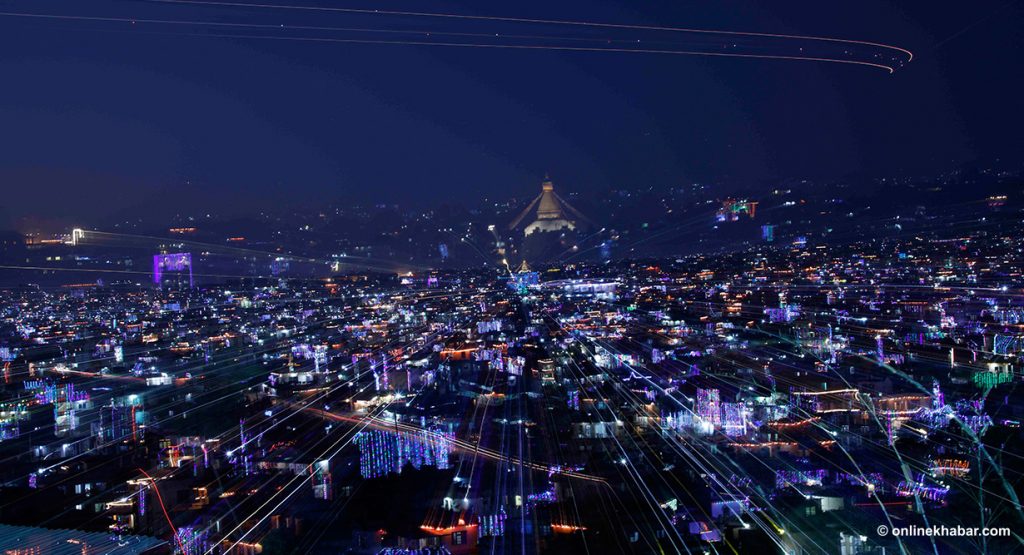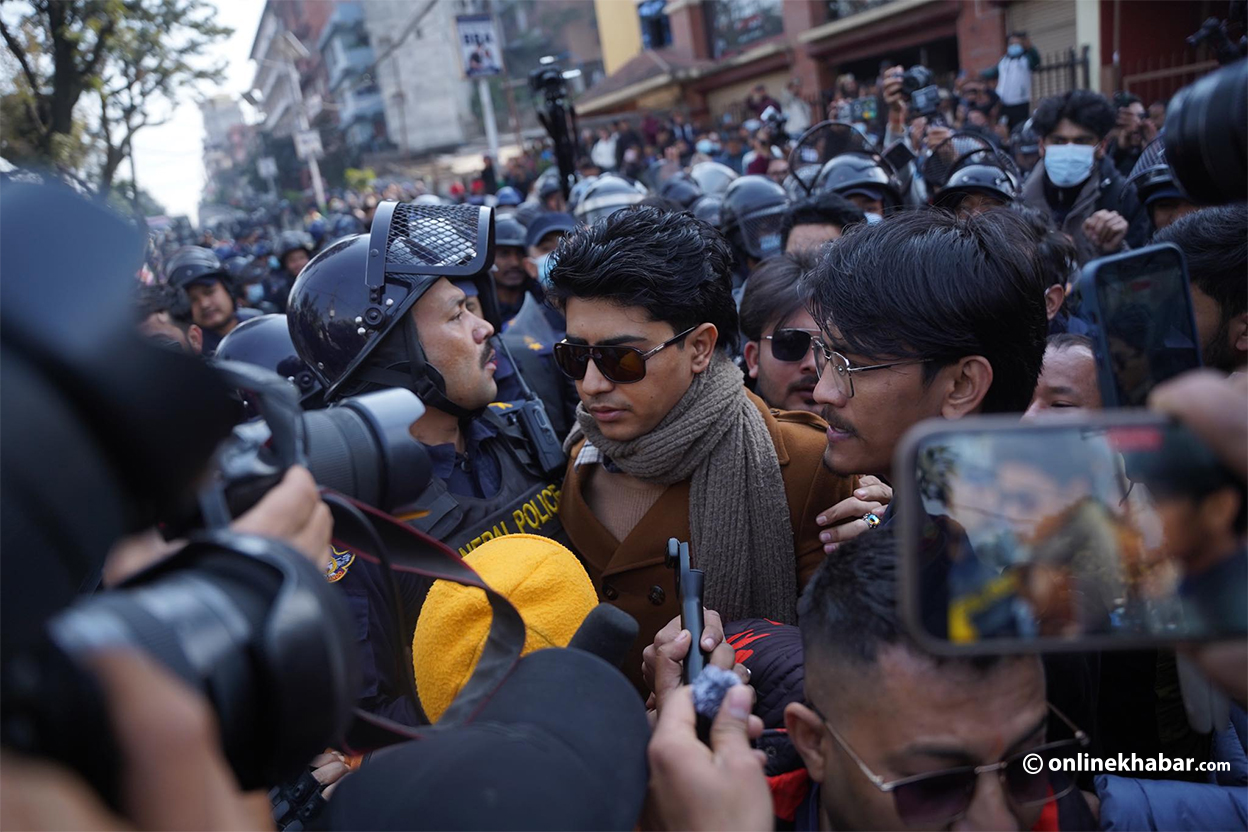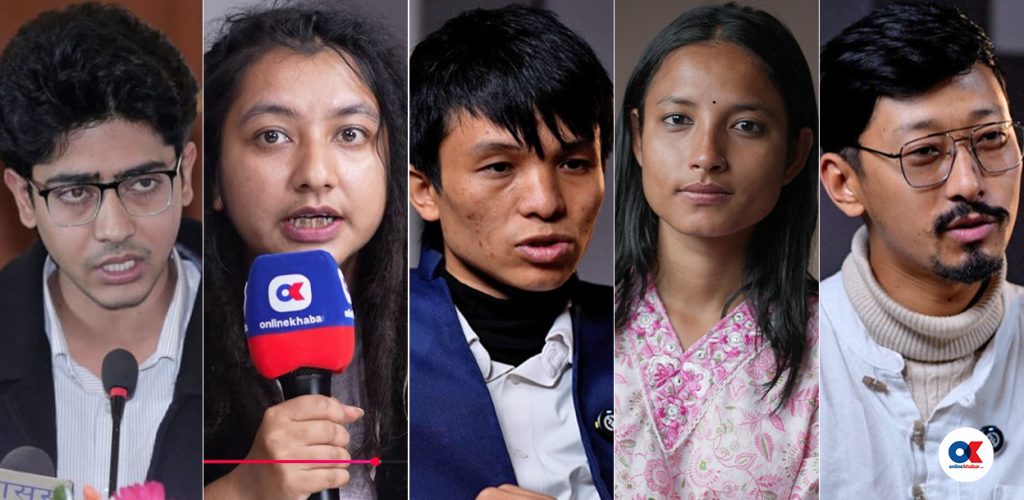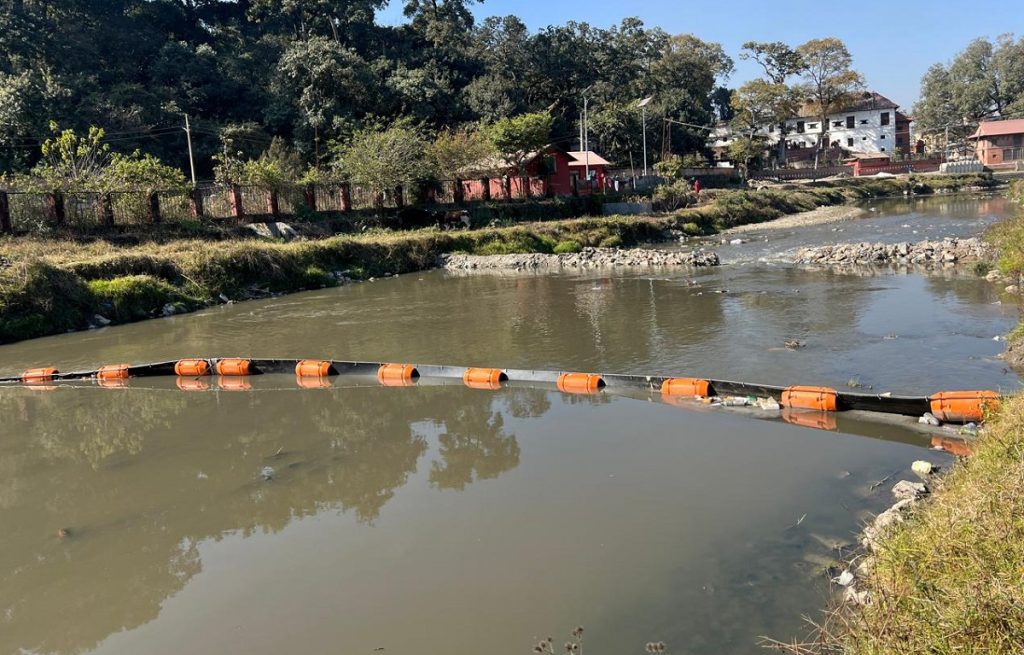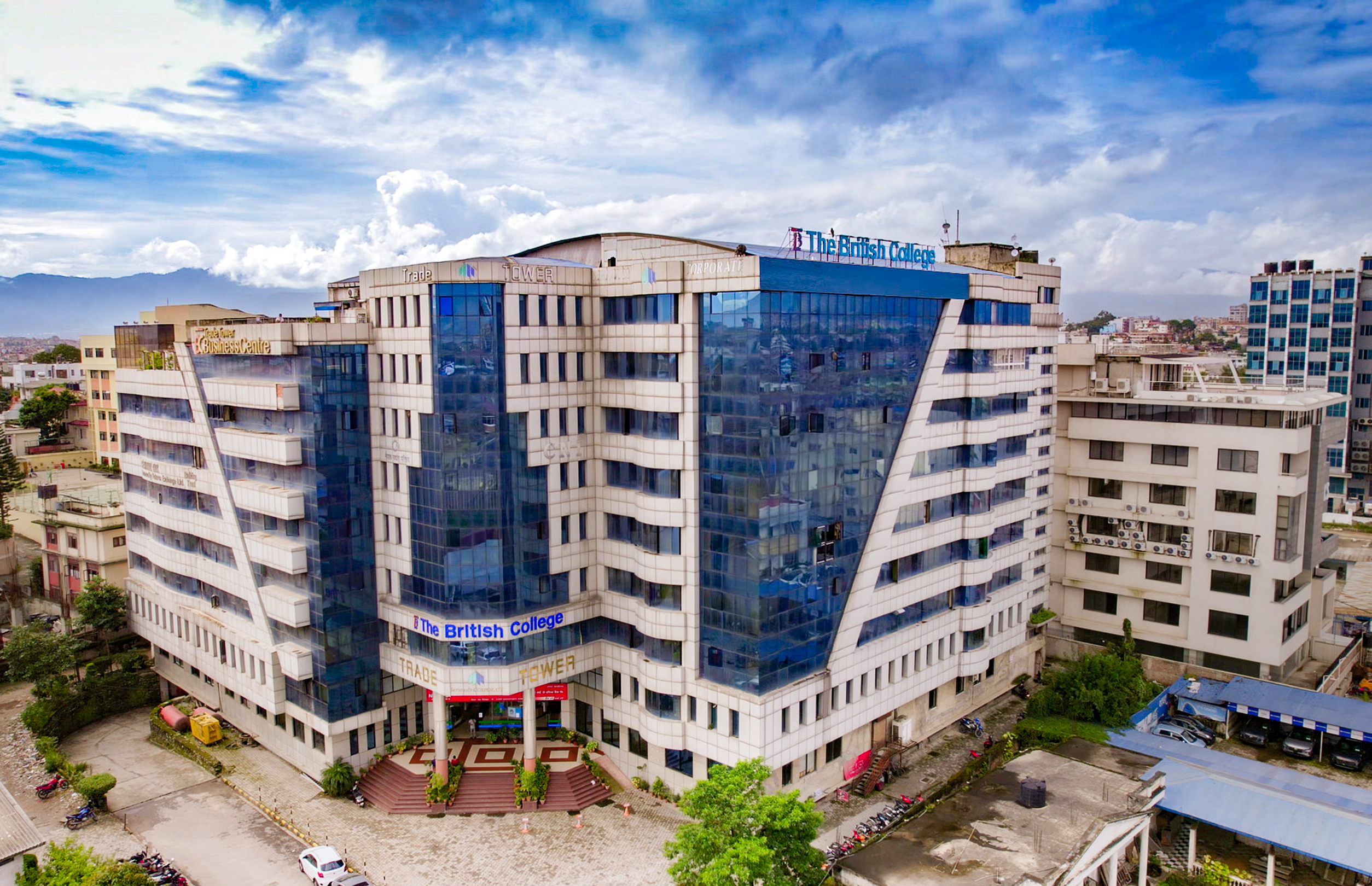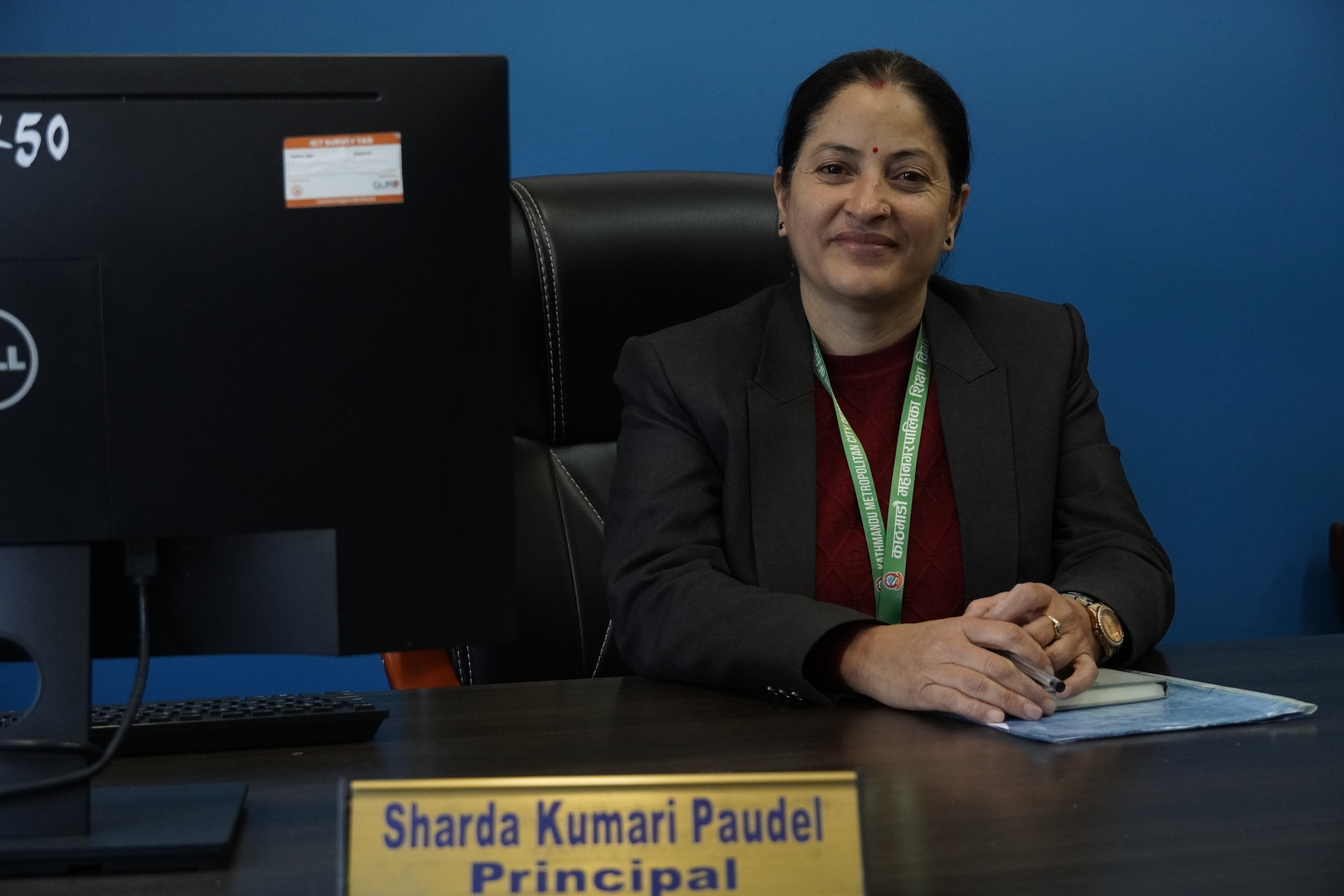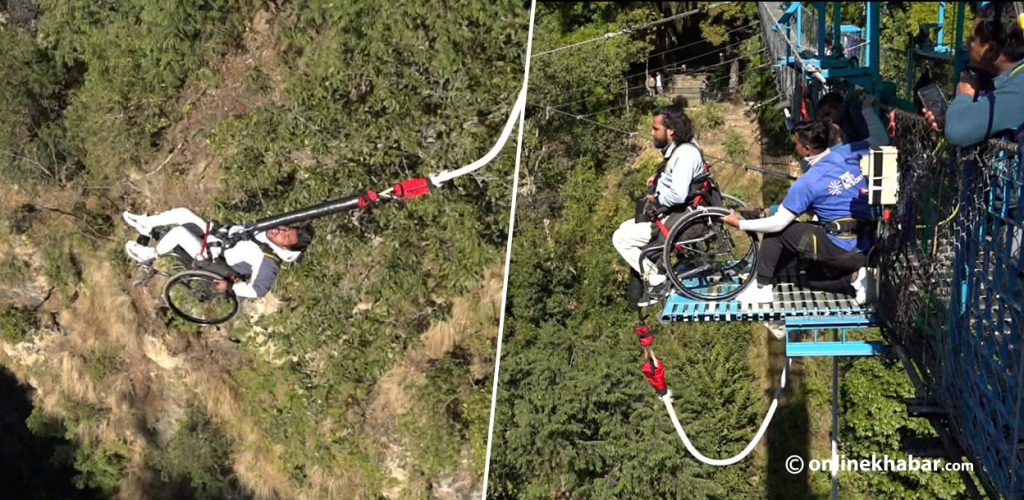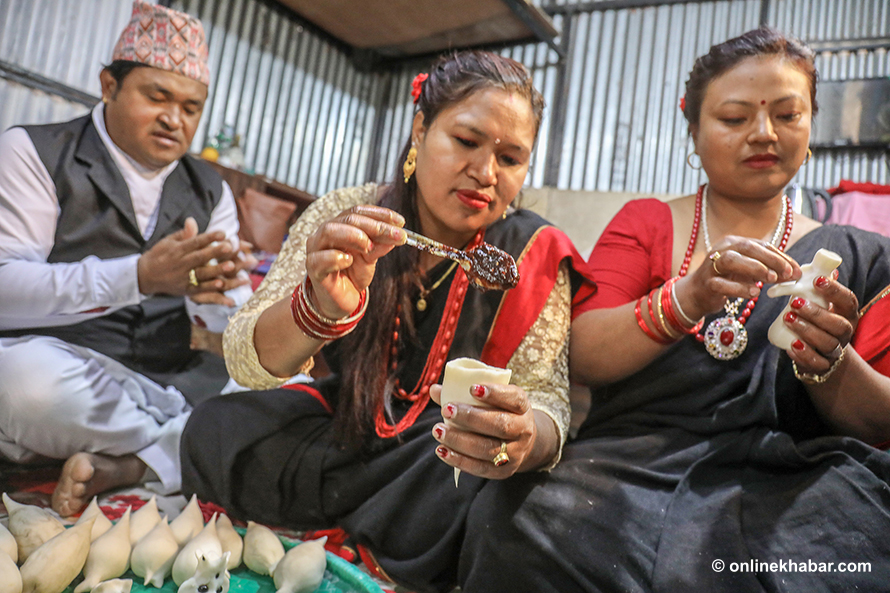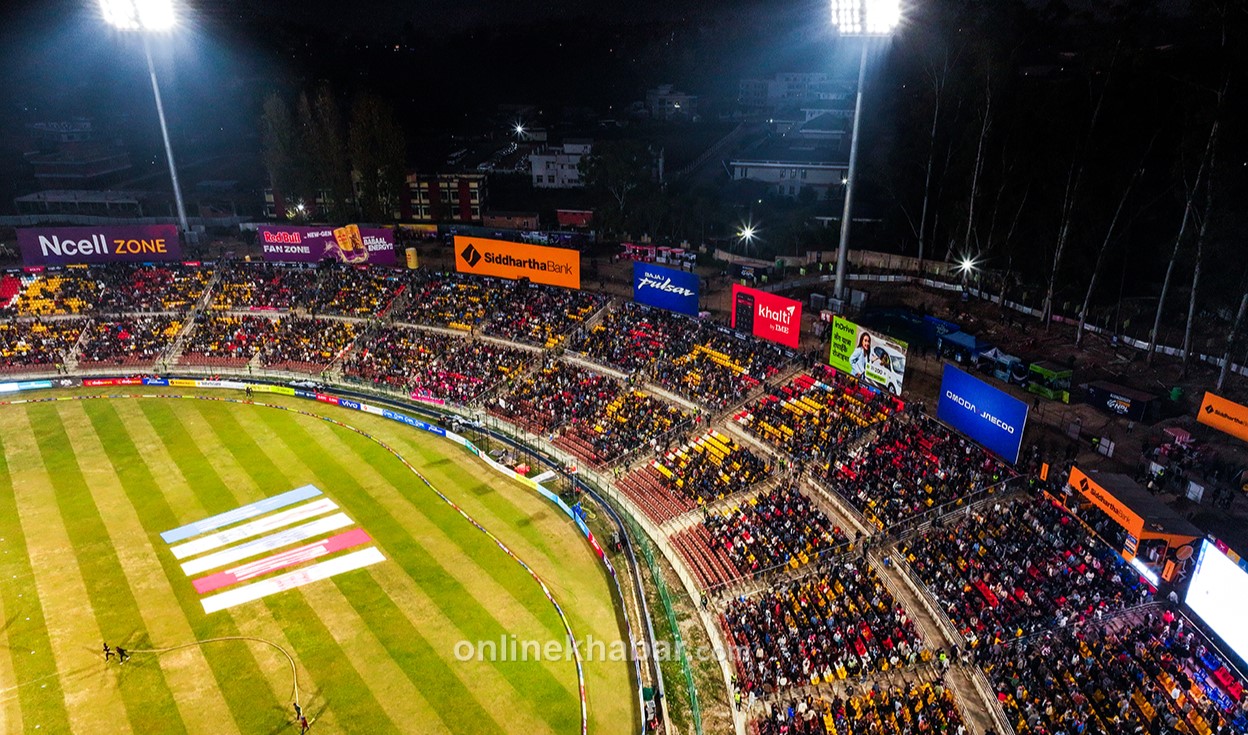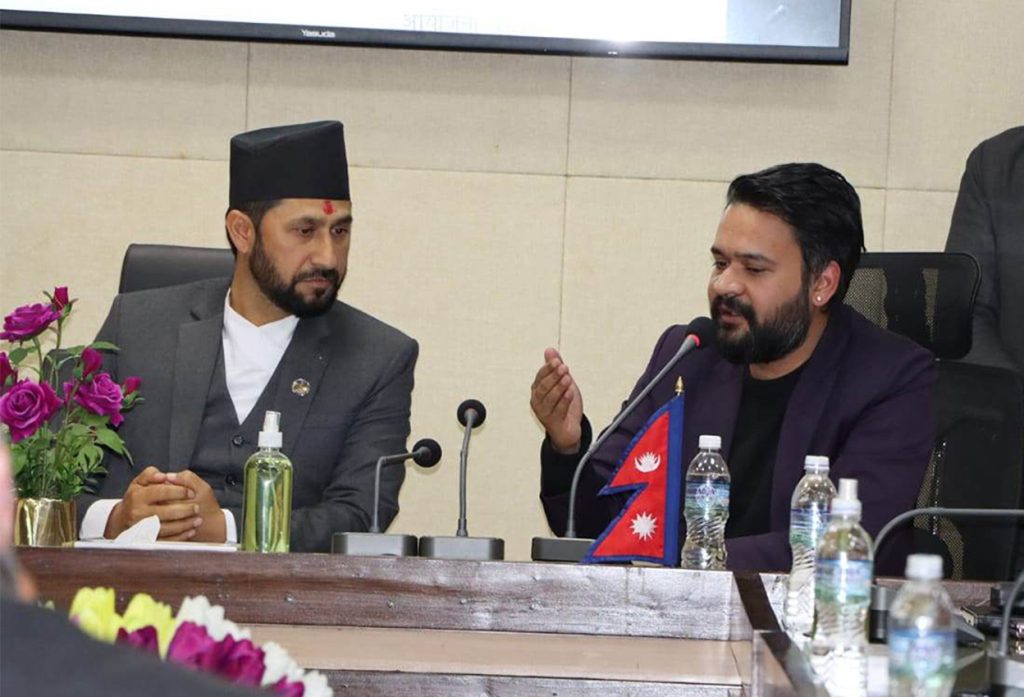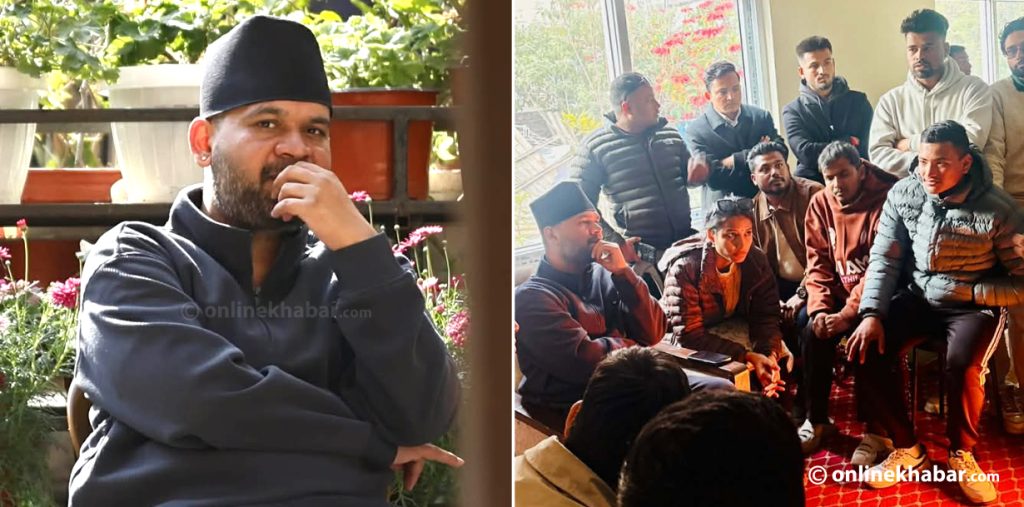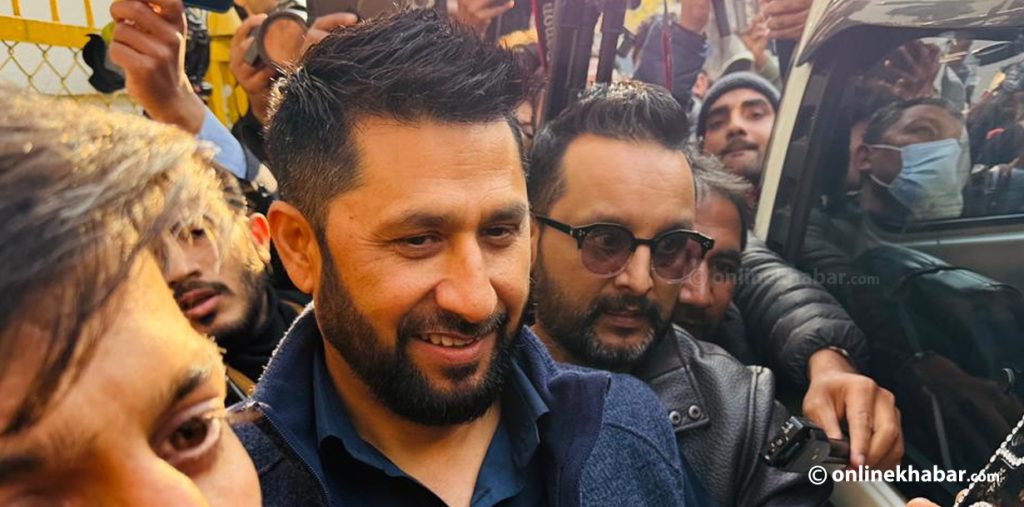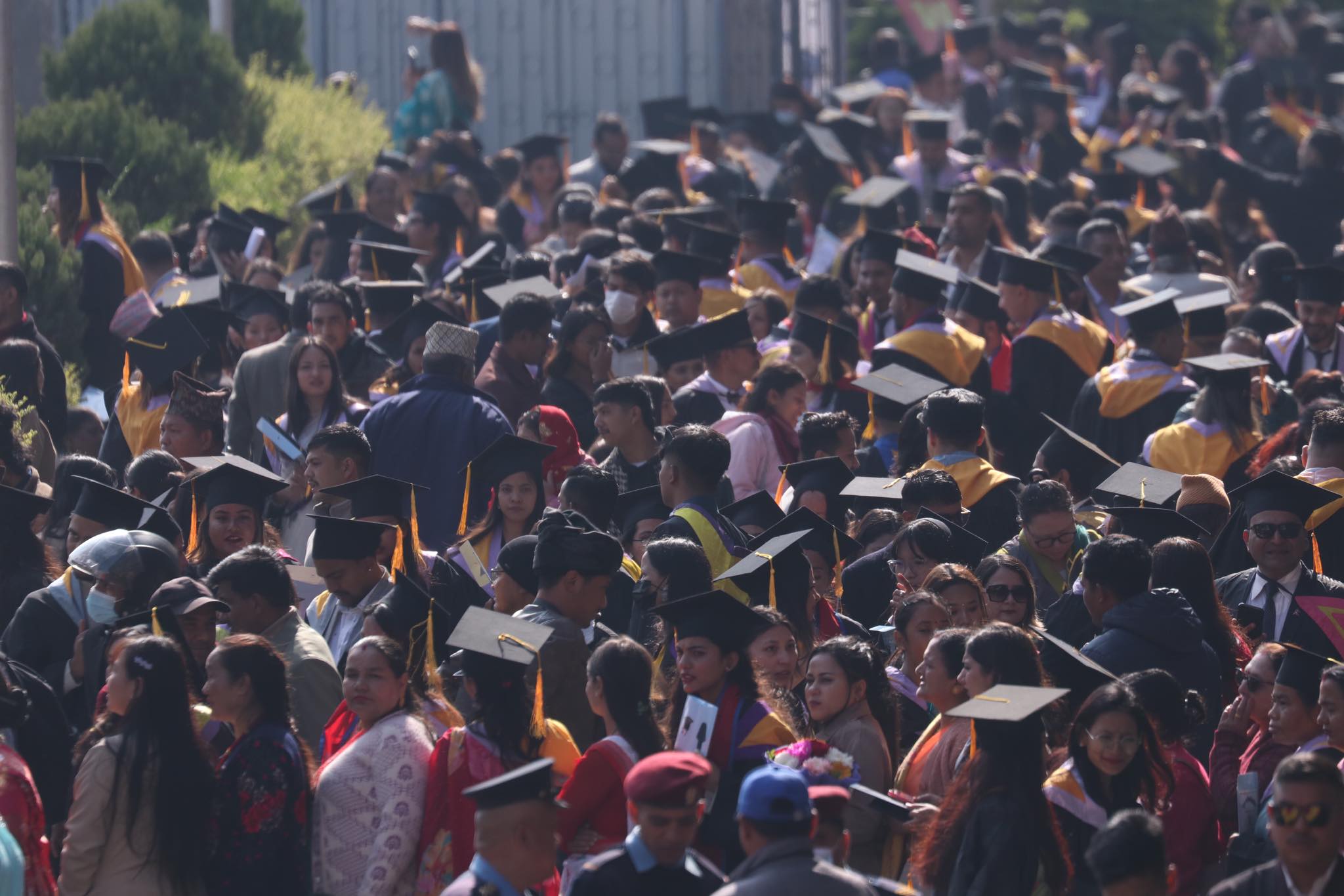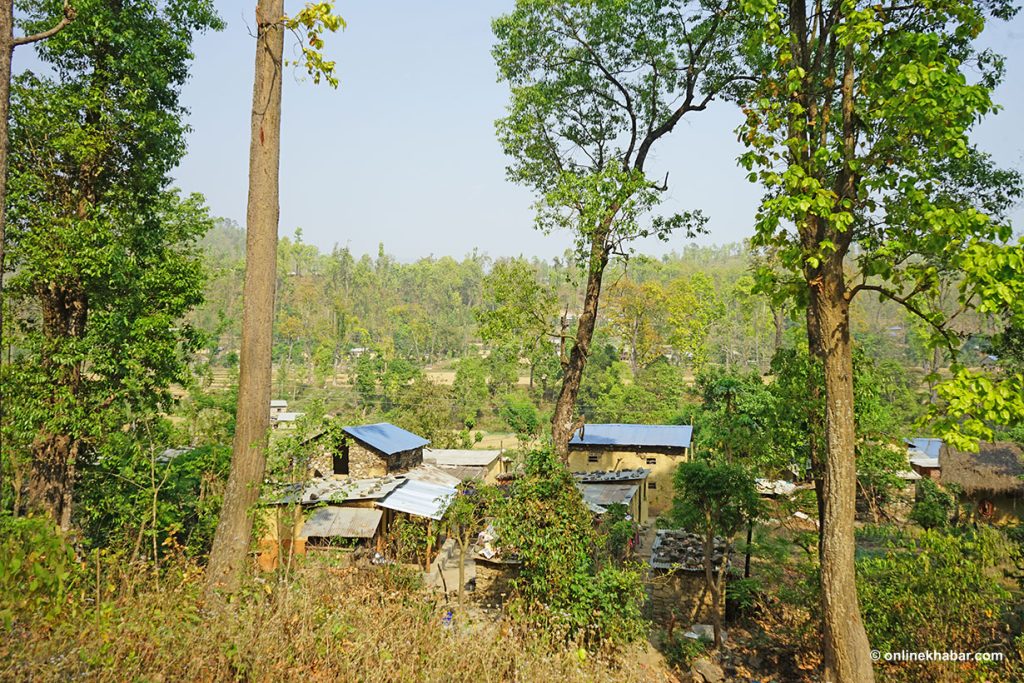
In Nepal, the sight of people living in tin-roofed slums tucked behind shiny new apartments is becoming all too common. Kathmandu, a city of promise for many, is also a city of broken dreams for thousands. The growing number of urban poor is not just an unfortunate consequence of development, it is a structural problem rooted in rural-to-urban migration.
So, why are people leaving their villages and ending up poor in the city?
The answer lies in a mix of economic hope, environmental desperation, and policy failure, all playing out in a system that was never designed to handle this kind of movement.
Chasing a better life and finding something else
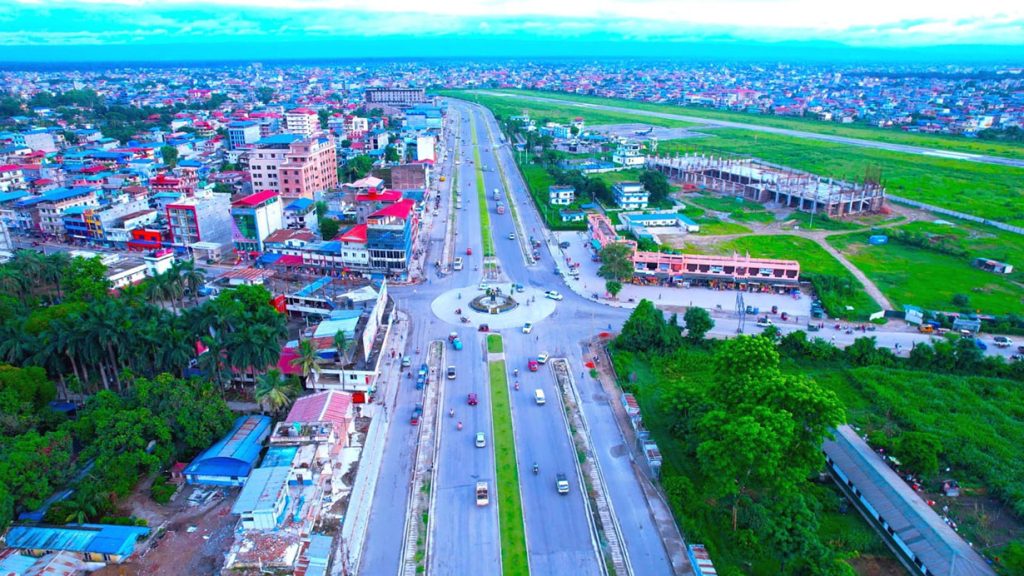
People migrate because they want a better life. In rural Nepal, especially in the hills and Tarai, opportunities are scarce. Farming is tough. Land is fragmented. Access to markets, irrigation, and credit is weak. Climate change is making things worse. The hope is that the city offers jobs, money, and upward mobility.
That is the dream. But the reality in Kathmandu is often different.
Yes, the city has more industries, construction projects, and service jobs than rural areas. But it does not have enough of them — not for the flood of people arriving every year. The International Labour Organization reports that over 80% of urban jobs in Nepal are informal, meaning they are insecure, underpaid, and unregulated. Migrants often end up as street vendors, construction labourers, or domestic workers, stuck in a cycle of low wages and no social protection.
Kathmandu is not ready
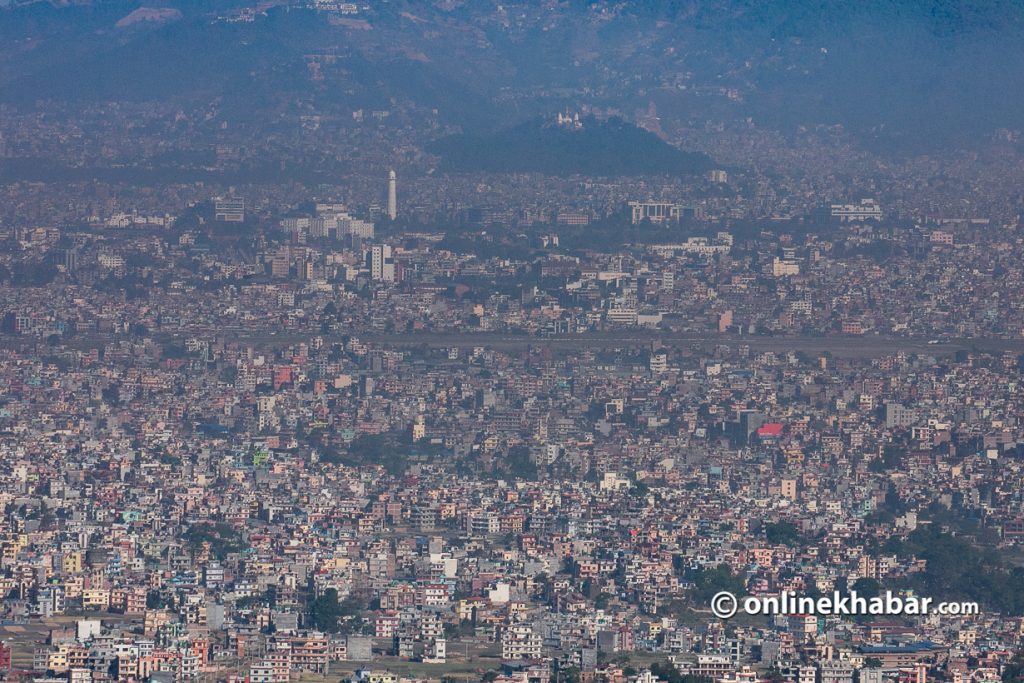
The city is not prepared for this influx. According to the Kathmandu Valley Development Authority, about 15% of people live in informal settlements, often lacking clean water, toilets, or electricity. These are not temporary camps. They’ve become permanent fixtures of the urban landscape, housing generations who can not afford formal housing.
Nepal’s urban development has been reactive, not planned. The state has not built enough affordable housing or created the kind of jobs that can absorb a growing workforce. The National Employment Policy promised 500,000 new jobs per year starting in 2019, but lacked implementation tools. The result? Policies on paper. Problems on the ground.
It’s not just about the economy
Not all migration is voluntary. Landlessness is a major driver. Around one in four rural households in Nepal are landless or nearly so, according to the Central Bureau of Statistics. Without land, there’s no security. Many families move to the city because they have no other choice.
Environmental disasters are also pushing people out. Glacial lake outburst floods, unpredictable monsoons, and landslides are becoming more frequent. The International Centre for Integrated Mountain Development (ICIMOD) has warned that climate change is already displacing rural communities. When disaster hits, Kathmandu often becomes the default destination, not because it is ideal, but because it is the only option.
A global pattern, a local crisis
This story is not unique to Nepal. In Dhaka, Jakarta, Lagos, and Nairobi, we see similar trends, rural migrants chasing jobs in cities that can not support them. In Lagos, over 60% of the population lives in slums, a result of rapid urbanisation without job creation. In Jakarta, rising seas and floods are forcing coastal populations to move inland, often into already crowded urban settlements.
But while these cities struggle, some others offer lessons. Bogotá and Medellín in Colombia have made real progress. They have invested in affordable housing, public transit, and vocational training. These interventions have reduced slum populations and improved quality of life for the urban poor. Nepal can learn from these models , if there’s political will.
The way forward: Not either-or, but both
Tackling urban poverty means working on both sides of the migration equation:
- Strengthen rural areas. Modernise agriculture. Invest in irrigation, roads, and local industries. Make staying in the village a viable option.
- Make cities ready. Cities need affordable housing, decent infrastructure, and proper urban planning. Kathmandu’s roads and water pipes were not built for millions. They need upgrades.
- Skill the people. Migration is not a problem if people can find meaningful work. This requires serious investment in vocational training and small enterprise support.
- Prepare for climate migration. We know more climate displacement is coming. Urban plans must include climate adaptation, like flood-proof housing and early warning systems.
Nepal’s Constitution guarantees the right to housing and a clean environment. The Local Government Operation Act 2017 gives local bodies power to act. But neither has been used effectively to protect the urban poor. It is time to change that.
Cities like Kathmandu are not just growing. They are bursting at the seams. And unless something changes, urban poverty will only get worse. Migration is not the enemy, unmanaged migration is. The problem is not that people are moving to the city. The problem is that our cities and our systems are not ready for them. Nepal must act now, not later. The future of our cities and the dignity of those who live in them, depends on it.




